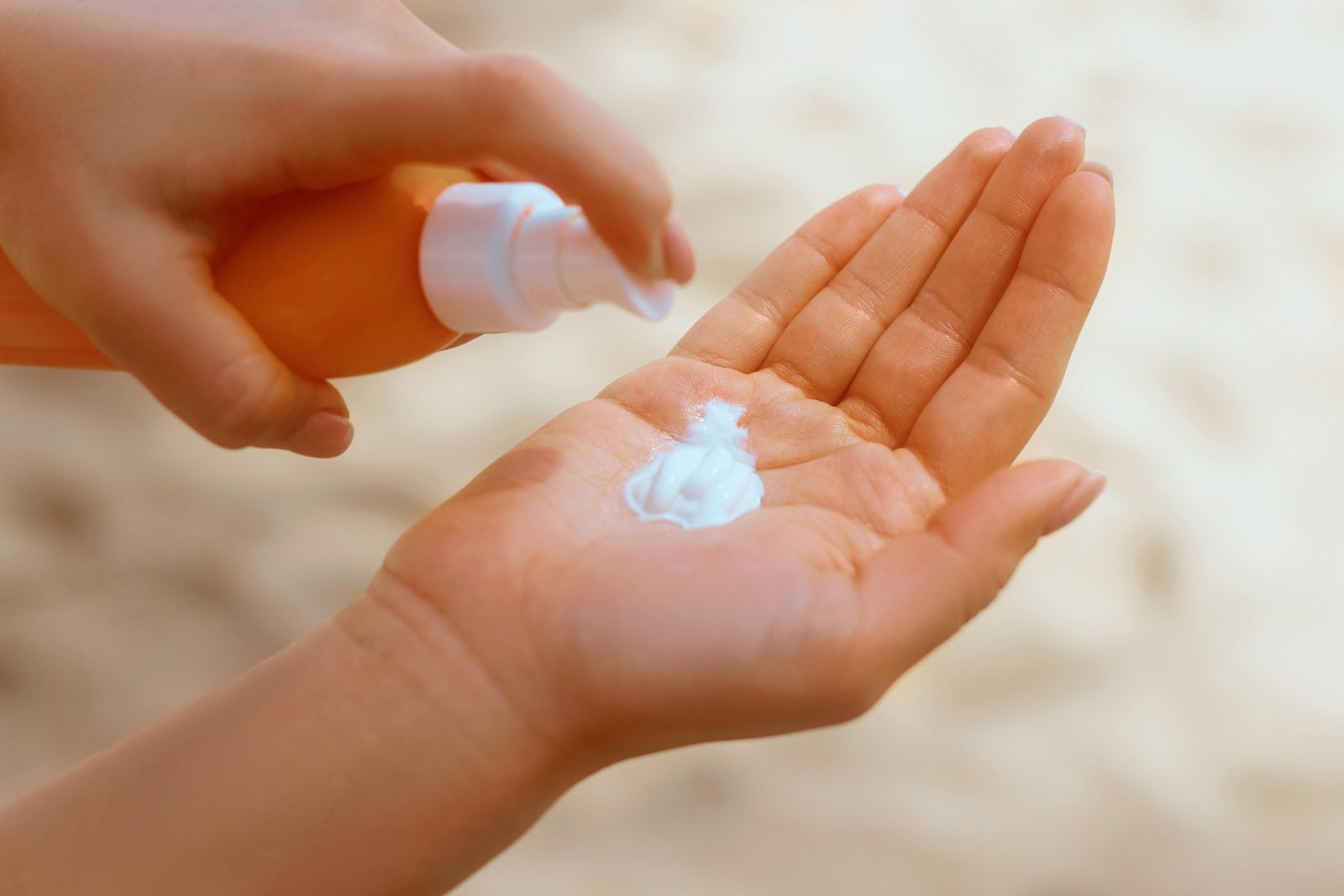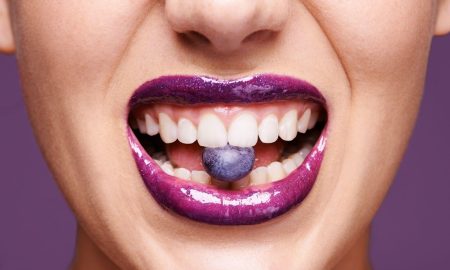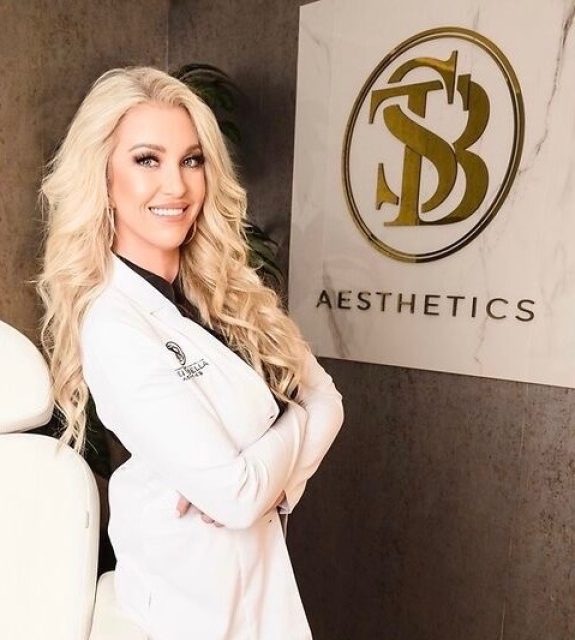Dr. Liia Ramachandra, Pharm.D., Ph.D. is a serial entrepreneur and healthcare executive. Dr. Liia is the Founder and CEO EpiLynx, Gluten-Free Skin Care and Cosmetics Brand. She comes with vast experience in Global Medical Affairs, Global Ethics and Compliance, Clinical Research, and Global Publications. Dr. Liia drove the development of the strategic vision and mission for the national field-based medical program, the development of publication plans, the planning and management of medical activities at scientific congresses, the development of programs resources for Regional Medical Liaisons, and Biopharmaceutical Representatives.
 Photo Credit: Shutterstock
Photo Credit: Shutterstock
Did you know that sunblock and sunscreen serve two different purposes? If you didn't don't worry, your secret is safe with us, because if we are going to be honest...we didn't either. Until speaking with Haute Beauty expert Dr. Liia Ramachandra it was imagined that all the sunscreens and blocks on the store shelves worked to protect our skin from the harshness of the sun's UV rays equally. After Dr. Ramachandra filled us in, it was apparent that this was not the case. To know the facts, here is Dr. Ramachandra's explanation along with her personal recommendations:
What are the main differences between sunblock and sunscreen? Which is better?
Sunblock consists of natural/mineral ingredients such as zinc oxide and titanium dioxide. It works by blocking the UV rays and it sits on top of our skin and blocks the sun's rays by reflecting them. Sunscreen, on the other hand, will absorb and scatter sunshine before it can penetrate the skin.
Sunblock is better since the natural and mineral ingredients are deemed more safe compared to the chemical ones such as avobenzone, homosalate, octinoxate, octisalate, octocrylene and oxybenzone.
Does sunblock give more protection than sunscreen?
Both give enough protection however the mineral/natural sunblock usually contains about 20-50 SPF. The chemical ingredient sunscreens usually go above that since you can achieve that with the chemical ingredients. However, since the natural/mineral sunscreens are less safe than the natural, it is advised to stick with the mineral sunblock ones.
 Photo Credit: Shutterstock
Photo Credit: Shutterstock
How do you properly apply each?
Usually, the sunblock is a cream and can leave a white residue however, it is, for now, the safest sun protection there is. Sunscreen can be a cream or a spray and you always have to wait 15 min or so after application before you can go in the sun.
What is the best sunblock?
Always aim for the mineral/natural sunblock with zinc oxide and/or titanium dioxide. It should really say it on the label. I prefer an EpiLynx face moisturizer with SPF 30 that has a dual role of moisturizing your face while protecting against UV rays. I also like an EpiLynx moisturizing foundation with SPF 30, that will moisturize, cover blemishes and protect from the UV rays. For the kids, I prefer Aveeno kids zinc oxide sunscreen.
How is the effectiveness of sunscreen/sunblock measured?
SPF is a measure of how much solar energy (UV radiation) is required to produce sunburn on protected skin (i.e., in the presence of sunscreen) relative to the amount of solar energy required to produce sunburn on unprotected skin. As the SPF value increases, sunburn protection increases (FDA). Higher SPF is not better and can even be more harmful if the chemical sunscreen ingredients are used. Creams with SPF higher than 50 aren't worth buying. They only offer marginally better protection.
Instead, choose a (mineral/natural) SPF between 15 and 50, apply liberally, and reapply often. To give you an idea: A sunscreen with SPF 30 will protect you from around 96.7% of UVB rays, whereas an SPF of 50 means protection from about 98% of UVB rays. Anything beyond SPF 50 makes very little difference in terms of risk of sun damage, and no sunscreens offer 100% protection from UVB rays.






















